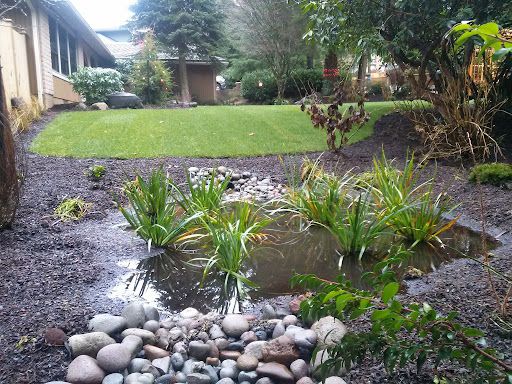Are you cautious around bees in your yard? Fear not! You can raise native bees, which are gentle and non-aggressive, with help from Crown Bees, located in Woodinville, WA.

Photo credit: Crown Bees
There are many good reasons to raise native bees, and your home landscape with diverse flowering plants is an ideal location for them. Native bees are solitary and don’t congregate into hives like honey bees. They look for small holes to nest in and raise offspring, an easy offering you can provide.
Here’s what Crown Bees says about these bees:
“They're Super Pollinators—Many solitary bees belly flop onto flowers and get pollen all over their bodies. They pollinate 95% of the fl...











